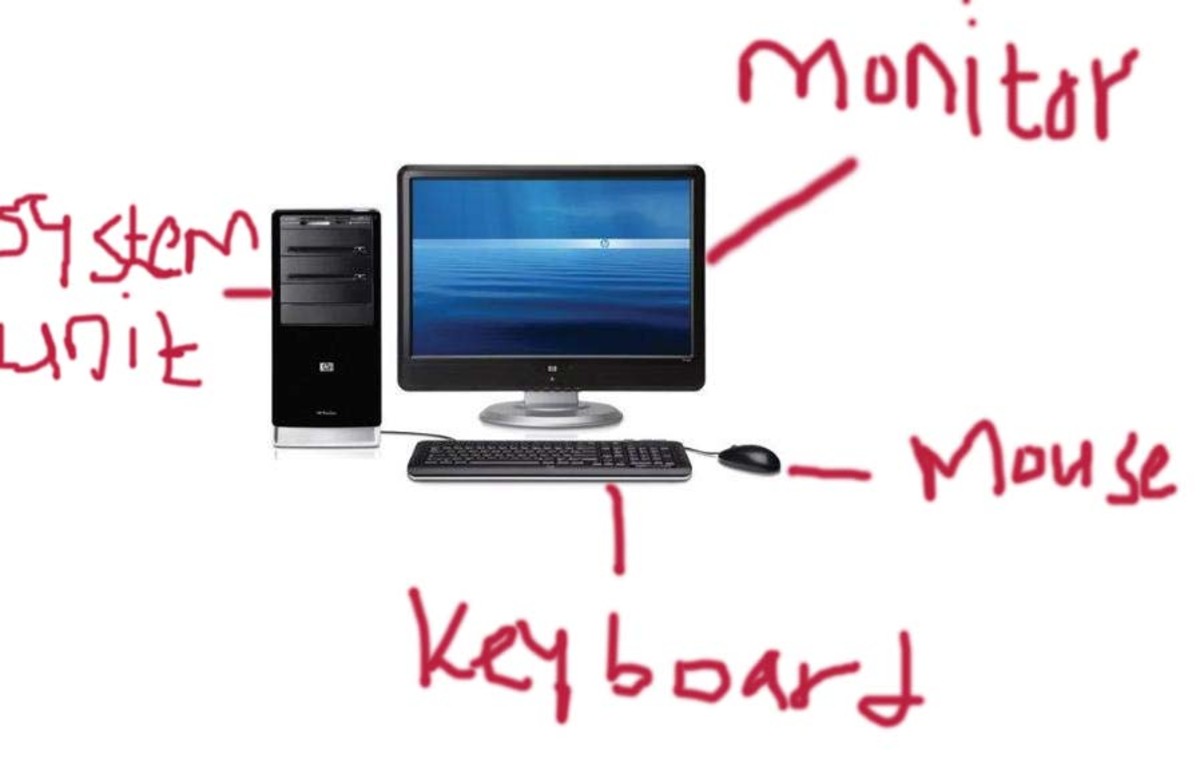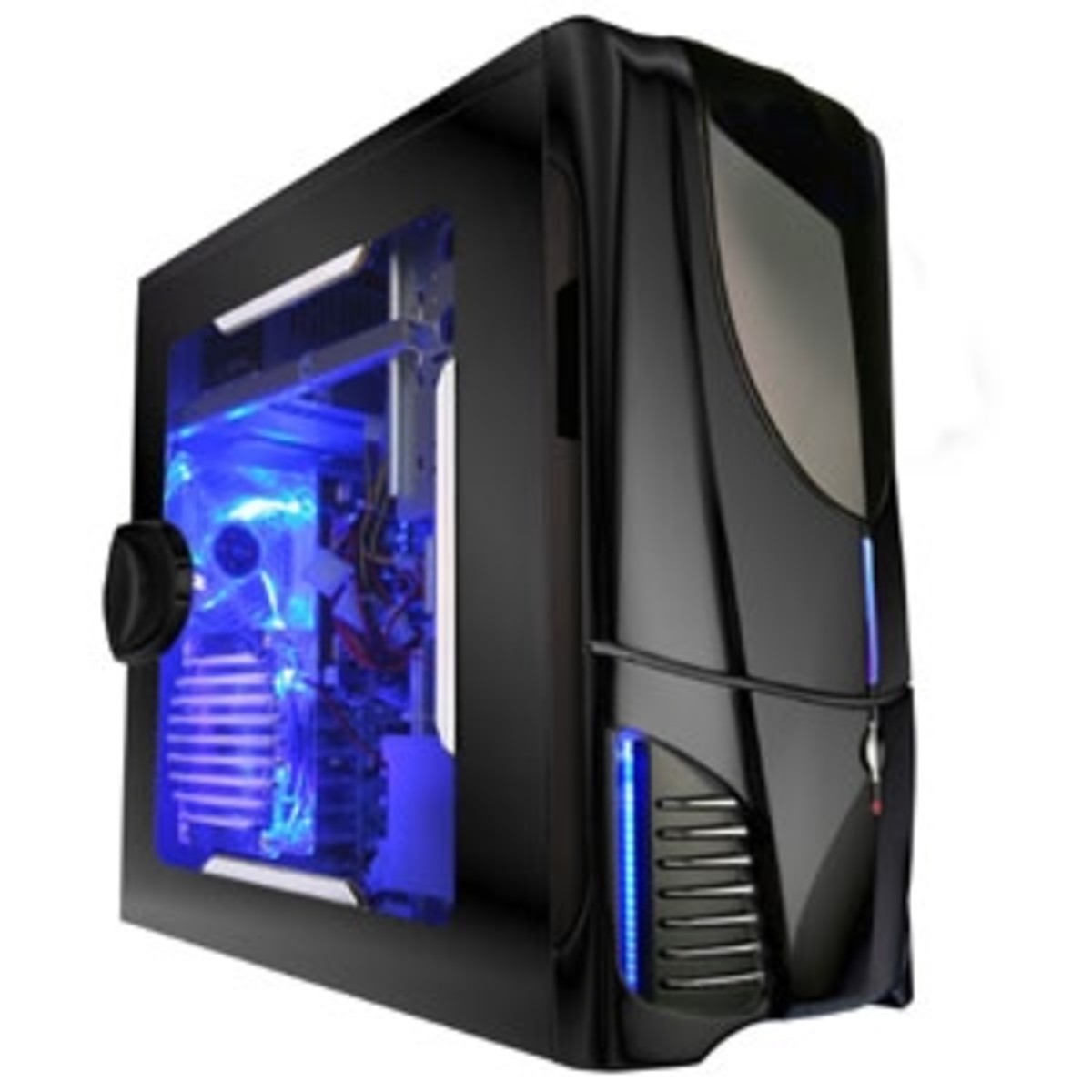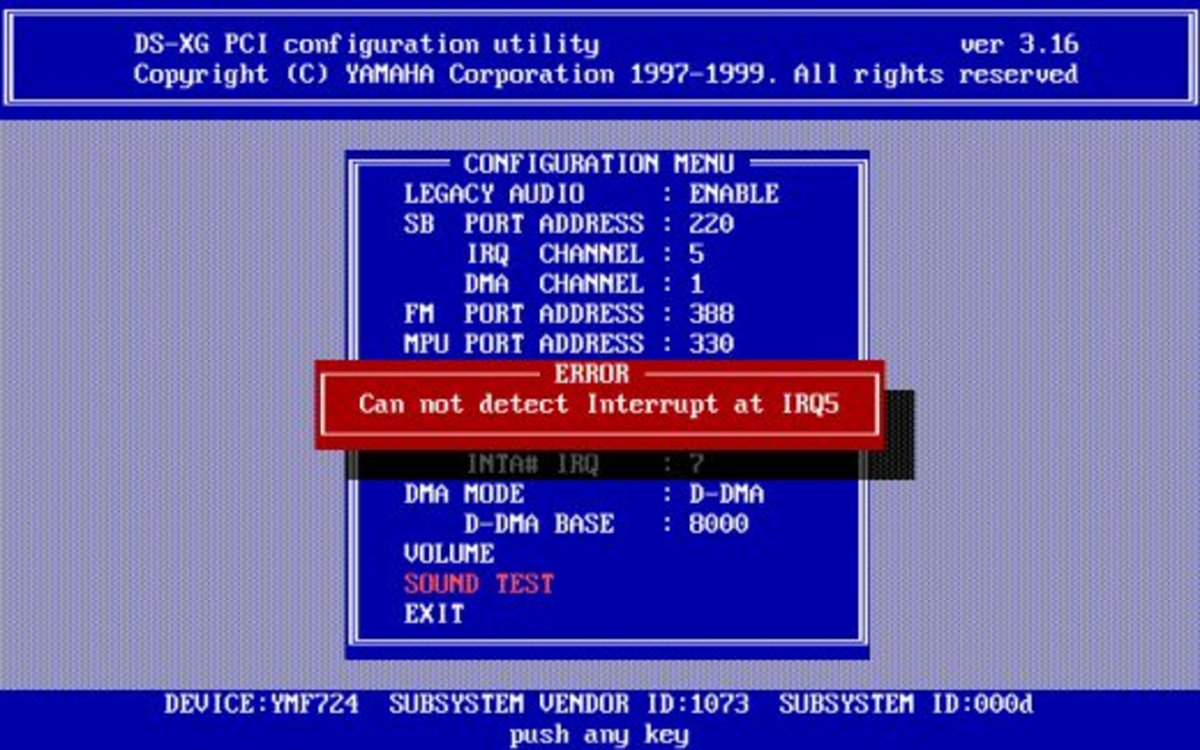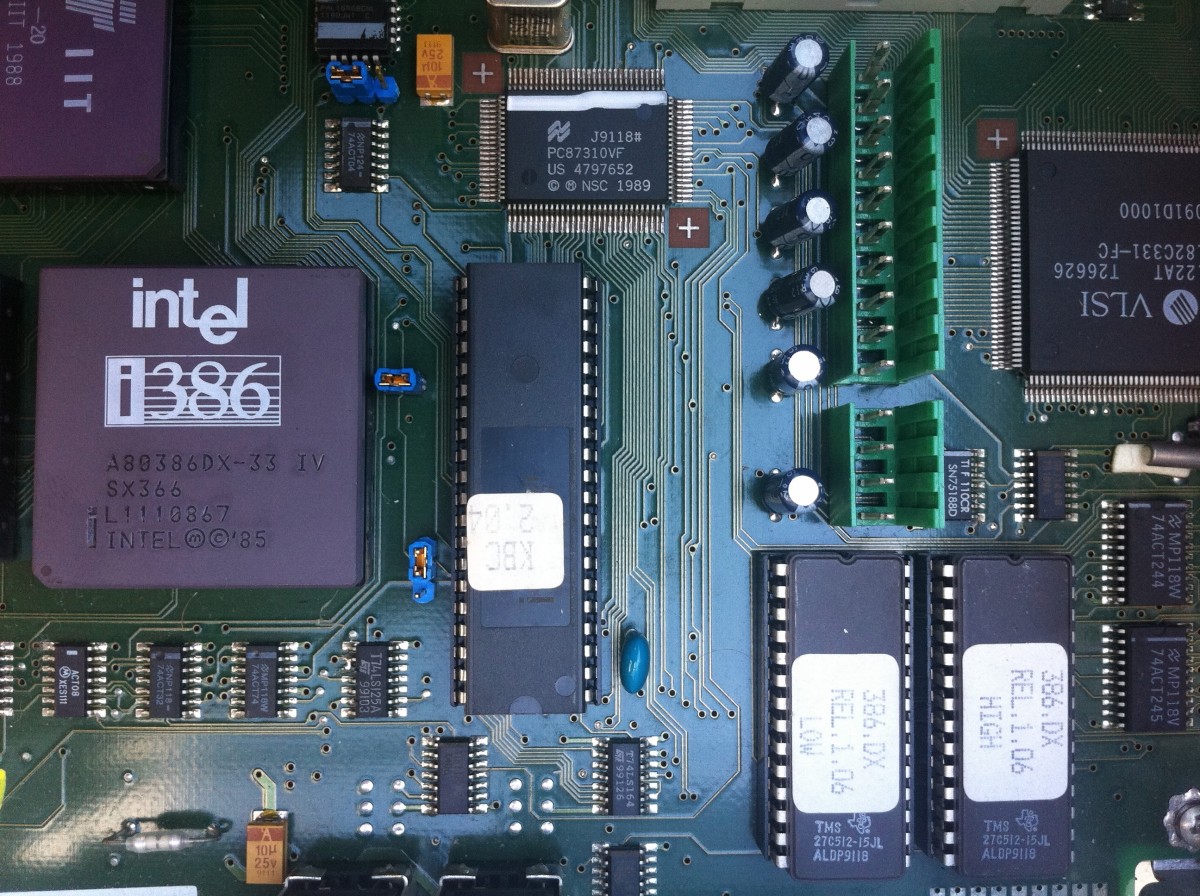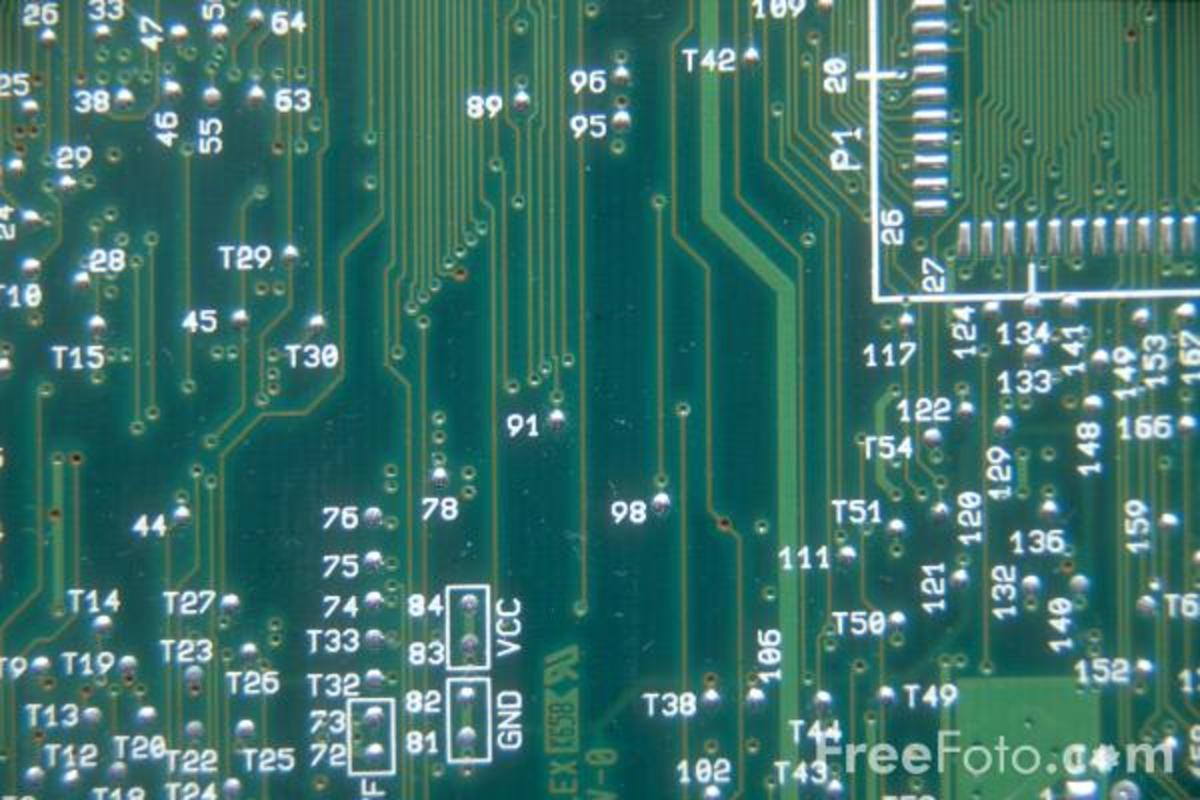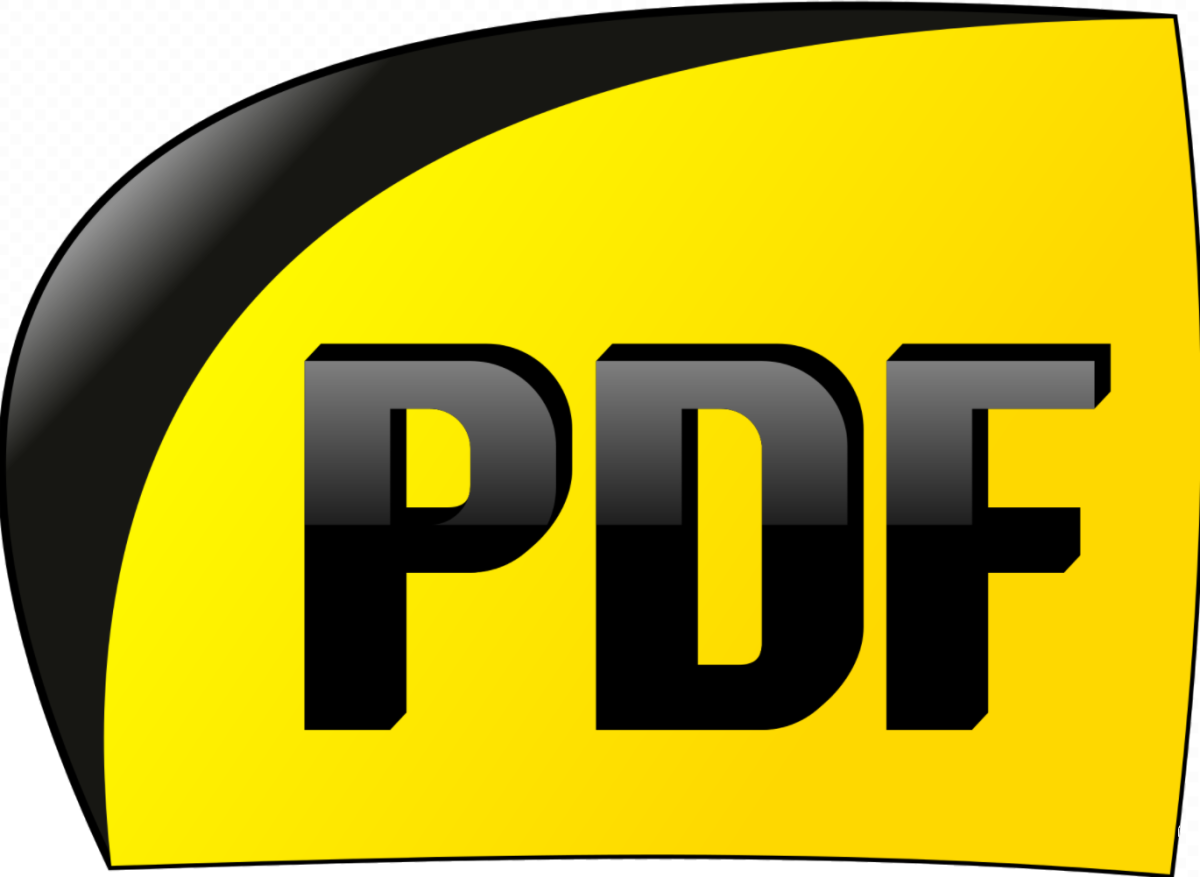- HubPages»
- Technology»
- Computers & Software»
- Computer How-Tos & Tutorials
How to Install Computer Hardware
Installing computer hardware isn't as difficult or risky as commonly thought. Everyone can do it with a little bit of patience and knowledge. Follow the steps listed in this hub and you will be well on your way to upgrading your own computer, replacing faulty components and even building your own computer! Components covered in this hub are the processor, RAM, graphics card and a basic PCI card.
Before we start a few things to keep in mind are to never stand on carpet in sock feet while working on a computer as to reduce the risk of static shock, of course don't have any liquids nearby any open computer case. Also don't force anything when installing any components, if components seem like they are taking excessive force to fit make sure you're installing them in the right slot and that all necessary pins/connectors are lined up.
What you'll need
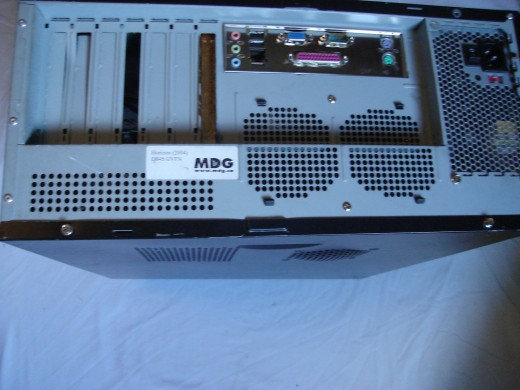
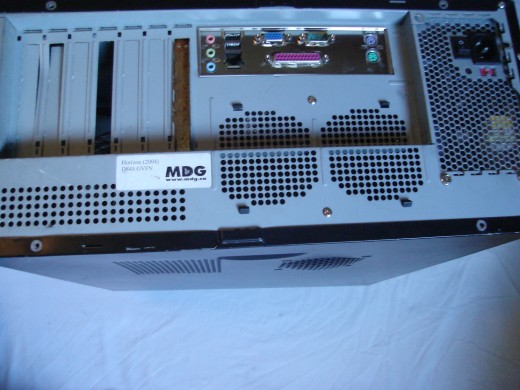
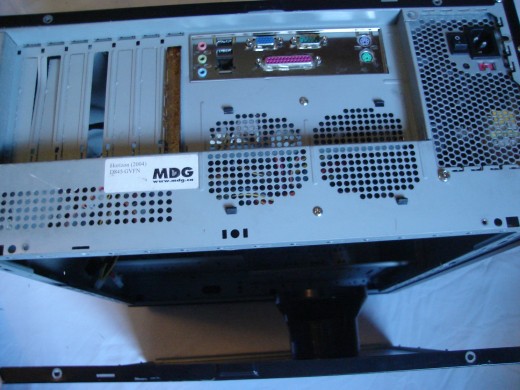
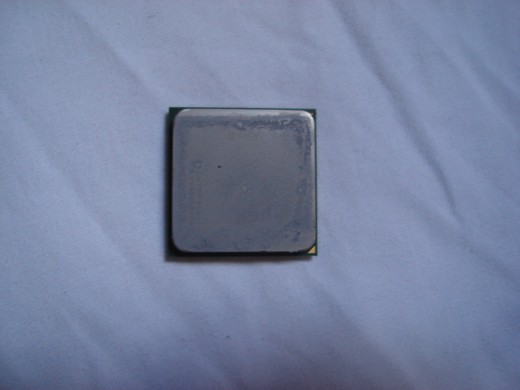
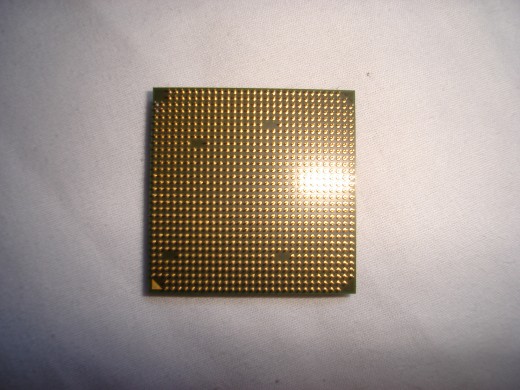
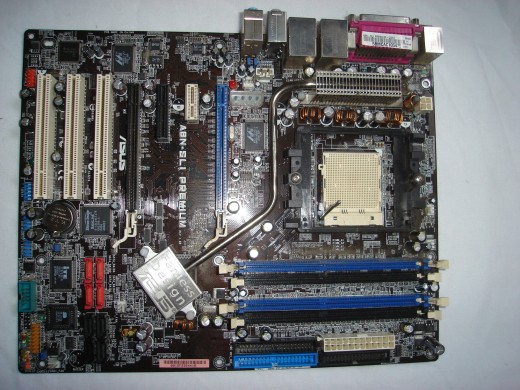
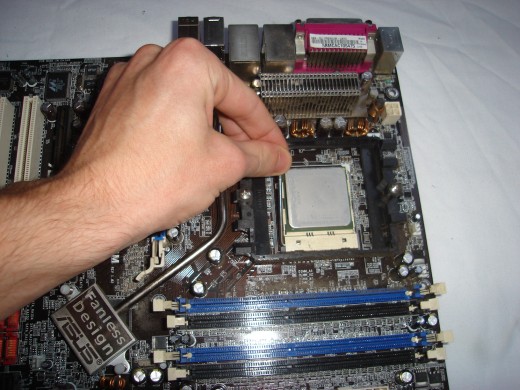
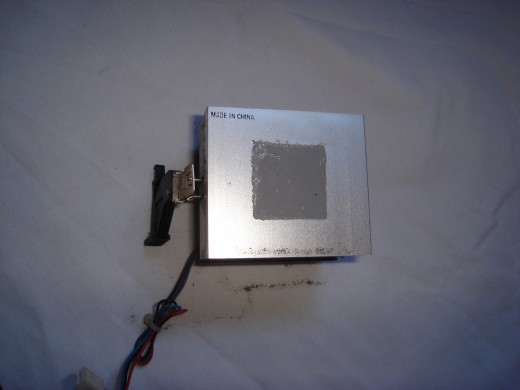
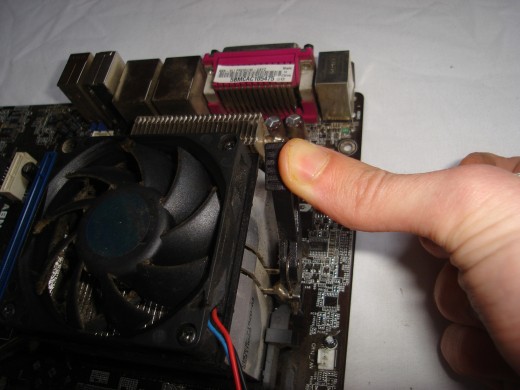
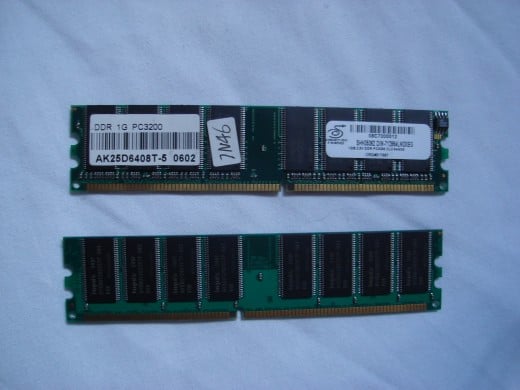
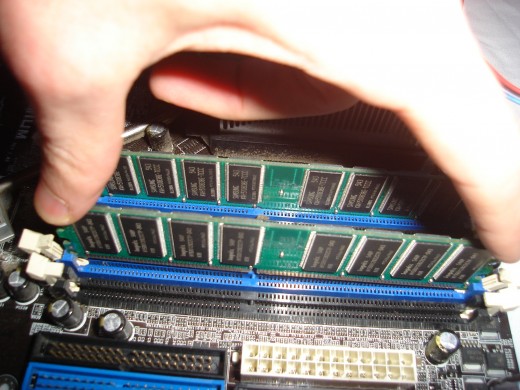
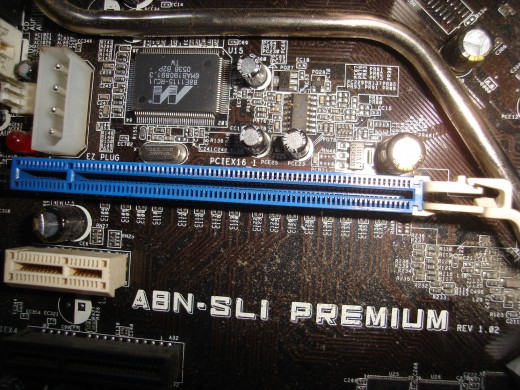
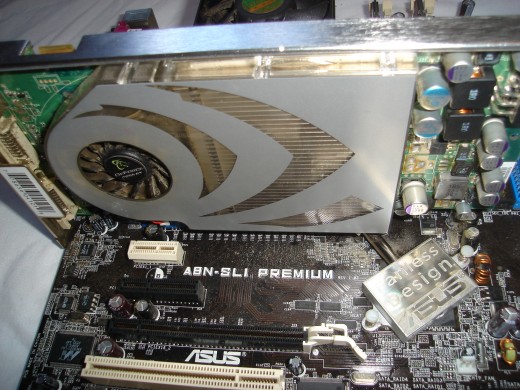
1.) a non-magnetic star screwdriver
2.) an anti-static wrist strap, if you don't have one of these just remember to touch the chassis or computer frame now and again to keep static electricity drained from your body.
The first order of business is to open up your computer case. Most cases will open up by way of a side panel. To release this panel you'll have to unfasten two screws found at the back of your computer and with a push the side panel should pop right off. Be sure to have unplugged your computer from any power sources before opening it up.
The processor
The processor can be the most difficult and tricky piece of computer hardware to install but have no fears with a little patience you will be fine. The reason for this is the pins can be hard to line up into their slots and the heat sink/fan often takes a bit of force to clamp properly in place. Before you begin trying to line anything up make sure that there is a thin layer of thermal paste spread on the top shiny metallic side of your processor, this aids in transferring heat from the processor to the heat sink and finally out of the fan. After applying your thermal paste line the pins up, once they're lined up properly the processor should fall right into place with no force at all. Once the processor is in place push down the bar on the side to lock it in place. Now carefully line up and place the heat sink and fan over the processor. Try to get the heat sink in place the first try to avoid smearing any of the thermal paste. Now that your heat sink and fan are in place over the processor push down the lever on the side of your heat sink to fasten it in place, this can sometimes take a bit of force but if you feel it's taking an excessive amount make sure that it is properly lined up and the fasteners on both sides are not hitting anything else. All that's left is to plug the fan into the power connector labeled CPU fan, if it's not labeled just look for the nearest power connector that fits the fans connector.You've just successfully installed your processor!
RAM
Installing RAM is pretty basic there's only really four things to be mindful of and they are. Making sure all pins are properly lined up, applying equal pressure to both sides of the RAM stick when pressing it into place and making sure that both of the white clamps on either side of the ram are securely fastened in place. The fourth is putting the RAM in the right slots, if you have a motherboard with two groups of slots as the one in the picture you'll want to put the RAM in the first slot of each group unless otherwise specified in your motherboards manual. It doesn't really matter what RAM slots you use but it's best to be cautious and use the first slot of each group or as in the picture above, the same color. Often times for RAM to run in ganged mode, a setting usually found in the BIOS, they'll be required to be in the appropriate slots.
The graphics card is one of the easiest pieces of computer hardware to install. All you have to do is line up all the pins and apply pressure until it is fully in the slot and the clamp on the slot is securely fastened. What you will have to watch out for is that you use the right slot if you have an sli or crossfire motherboard like the one in the picture. These motherboards are able to run two graphics card and when you're only using one it is important you place your graphics card in the first slot, usually the one closest to your processor. Refer to your motherboards manual if you're unsure. If you don't have the manual anymore look up your motherboard on the manufacturers website and you are sure to find an online manual. Many of the more powerful graphics card require that you plug them directly into your computers power supply as well, if this is the case find the proper connector, usually the only one that will fit, and plug it in. Again if you're unsure refer the manual from your PSU and if you don't have the manual look up your PSU manufacturer online and download the manual. Also don't forget to uninstall the drivers from your previous graphics card and install the ones for your new graphics card.
PCI Slots
These are by far the easiest slot to install anything in as they have no fasteners and only require that you properly line up the pins. Some components you might install into a regular PCI slot are a network card, sound card, USB card or even PCI slot fans.
Final thoughts
Keep in mind that you may not be installing exactly the same hardware as I have in these pictures but the process is essentially the same and hopefully in this hub I have given you a better idea of how to install computer hardware. I also cheated a little bit and used an old motherboard and some old components that I had laying around that weren't in any case. When the motherboard is actually in the cases the only difference will be that things will be a bit more cramped.
Here are some more hubs of mine that may be useful to you.
Slow computer? Tips to improve computer performance for free
Do you need to upgrade your computer or buy a new
Tips on deleting data for good

